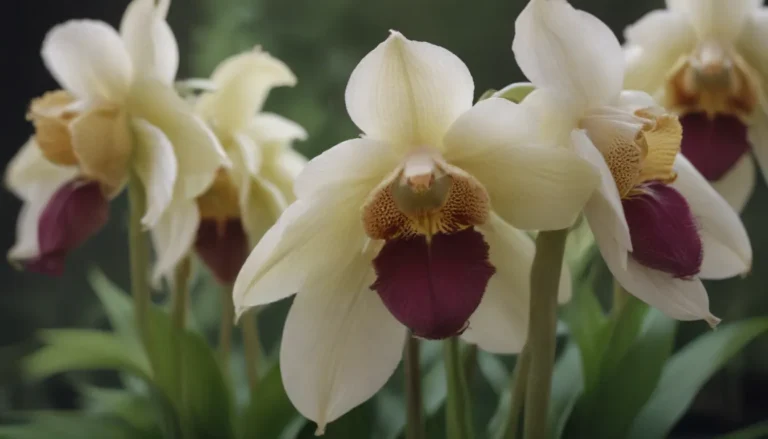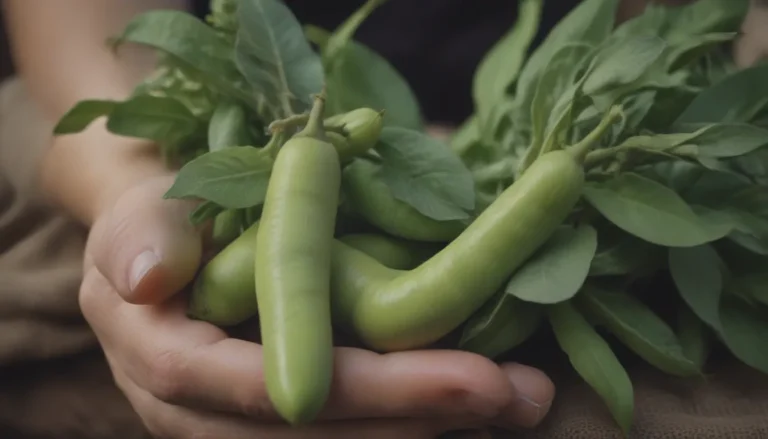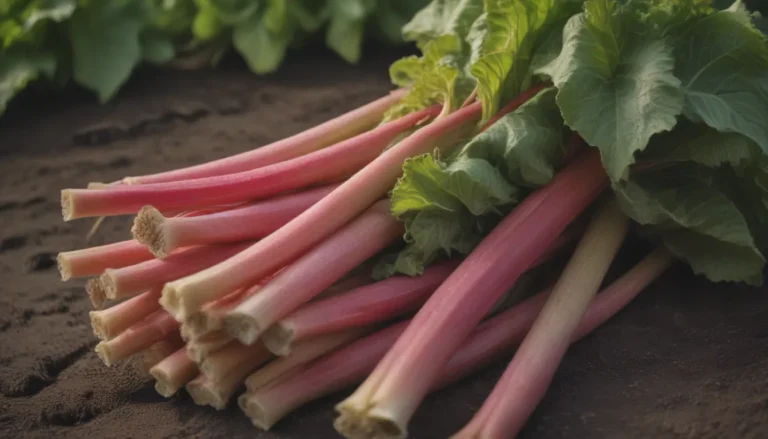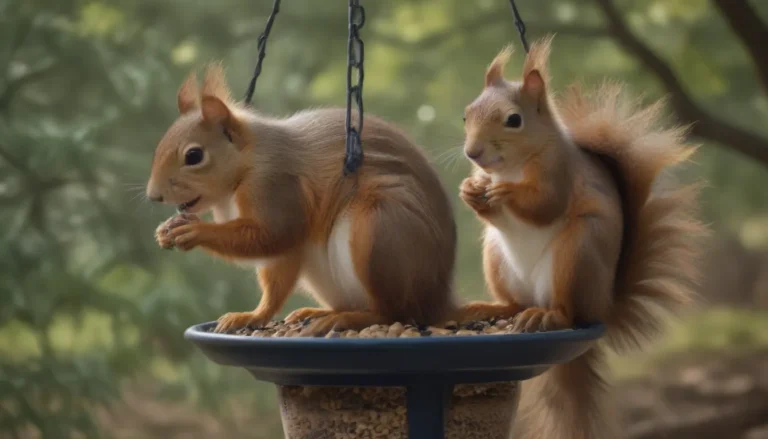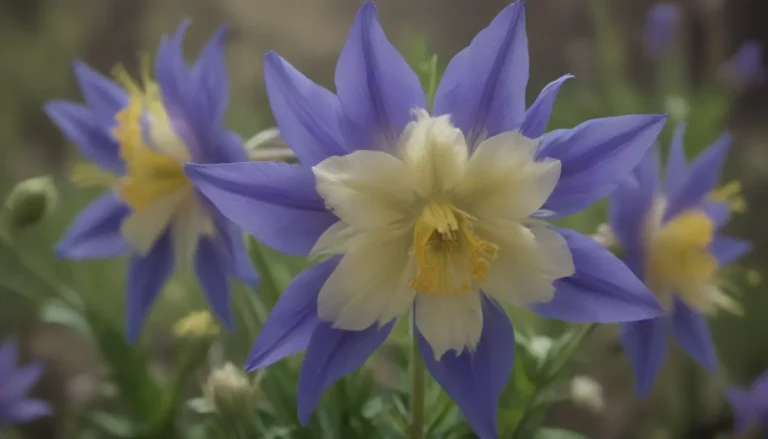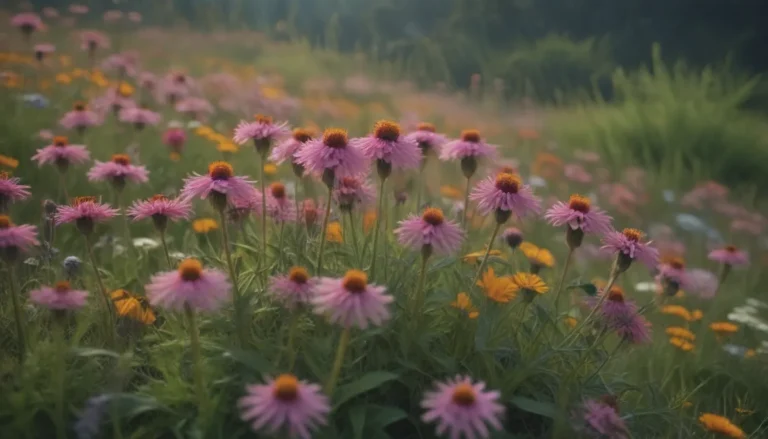Comprehensive Guide to Growing and Caring for Nasturtium Plants
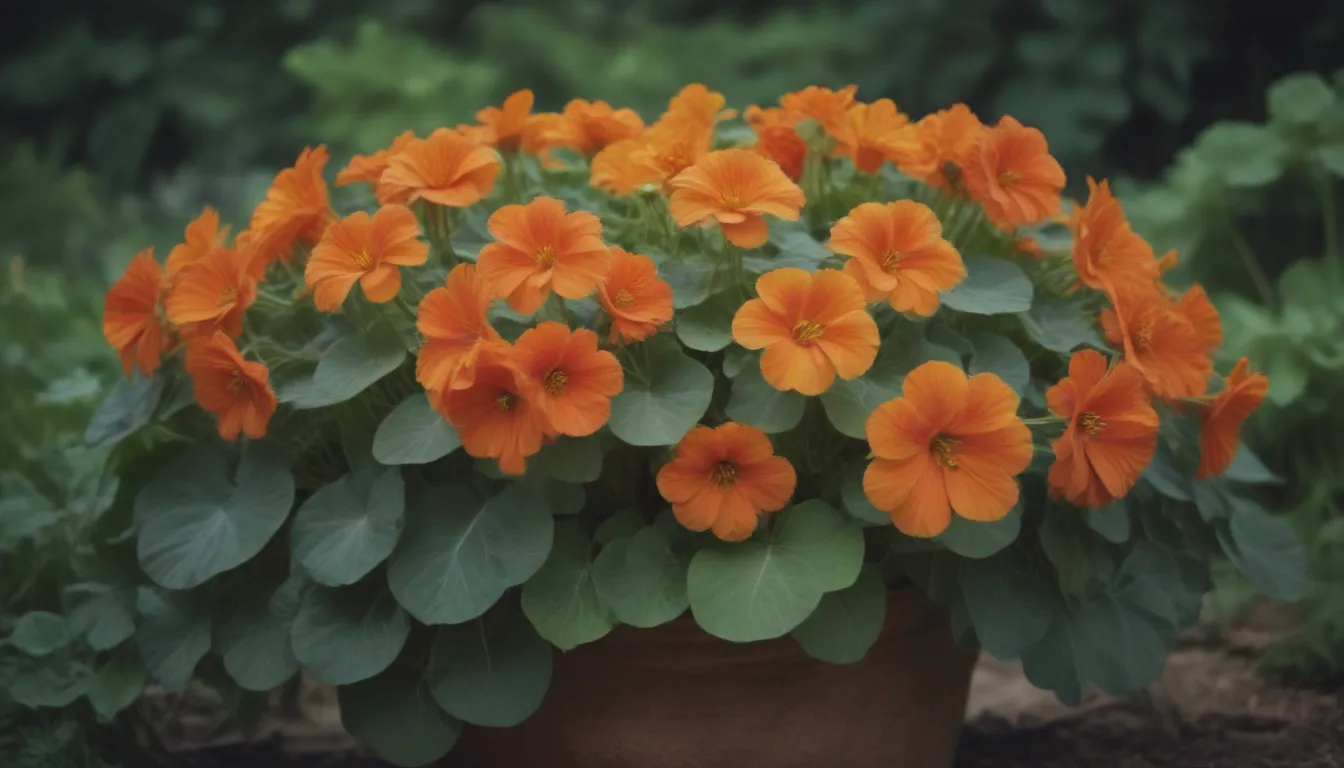
Are you looking to add a pop of color and a touch of peppery flavor to your garden? Nasturtium plants might just be the perfect addition! These vibrant flowers come in a variety of colors and are not only beautiful but also edible. In this comprehensive guide, we will walk you through everything you need to know about growing and caring for nasturtium plants.
Introduction to Nasturtium Plants
Nasturtium plants belong to the Tropaeolum genus and encompass more than 80 different species of flowering plants. Native to South and Central America, these herbaceous flowers are known for their rich, jewel-toned colors and peppery-tasting leaves and flowers. Whether you’re looking for bushy plants for borders, trailing plants for containers, or climbers for height, there is a nasturtium variety for every gardening purpose.
Benefits of Growing Nasturtium Plants:
- Easy and fast-growing
- Beautiful, vibrant colors
- Edible leaves and flowers with a peppery tang
- Attracts pollinators
- Acts as a natural pest deterrent in vegetable gardens
Nasturtium Care Tips
Getting started with growing nasturtium plants is simple and straightforward. Whether you choose to start from seeds or purchase seedlings from a nursery, here are some essential care tips to keep your nasturtiums thriving:
Light:
- Nasturtiums thrive in full sun, ideally receiving six to eight hours of direct sunlight daily.
- While they can tolerate some shade, too much shade may result in fewer blooms.
- In warmer climates, some shade can be beneficial to prevent leaf browning.
Soil:
- Nasturtiums prefer relatively infertile soil with good drainage.
- Avoid overly rich soil, as it can result in more foliage and fewer flowers.
- Aim for a neutral pH soil (6 to 8) and provide moderate moisture for optimal growth.
Water:
- Water your nasturtiums weekly, but adjust based on surrounding plant conditions.
- In greenhouse or sunny locations, they may require more frequent watering.
- While they can survive drought conditions, consistent watering promotes healthy blooms.
Temperature and Humidity:
- Treat nasturtiums as annuals in most climates, completing their life cycle in one season.
- They prefer daytime temperatures in the 70s F and cannot survive cold freezes.
- Maintain average humidity levels for best growth, avoiding extremes in dry or humid conditions.
Fertilizer:
- Avoid using synthetic fertilizers, especially if you plan on eating the leaves and flowers.
- Organic gardeners may only need to amend soil if conditions are poor.
- Balance soil properties to prevent excessive foliage growth at the expense of flowers.
Types of Nasturtium Plants
Nasturtium plants come in various shapes, sizes, and colors, offering a wide range of options for your garden. Here are some popular varieties to consider:
- ‘Alaska’ Series: Known for their variegated leaves and vibrant flowers.
- ‘Jewel’ Series: Features a wide range of colors, from orange to red and yellow.
- ‘Peach Melba’: Offers soft shades of peach and cream, perfect for a subtle touch.
- ‘Canary Creeper’: A climbing variety that adds dramatic height to your garden.
Pruning and Propagating Nasturtium Plants
To maintain healthy and blooming nasturtium plants, pruning and propagating are essential tasks. Here’s how you can keep your plants looking their best:
Pruning:
- Trim trailing varieties mid-summer and late summer to stimulate new growth.
- For bushy varieties, remove spent flowers and dried leaves to improve overall aesthetics.
Propagating:
- After pruning, propagate cuttings to create new plants easily.
- Propagate cuttings if a large portion breaks off or if you want to relocate a plant within your garden.
Growing Nasturtium Plants
Whether you choose to sow seeds directly in the garden or start indoors, growing nasturtium plants is a rewarding experience. Here’s how to grow them successfully:
Starting from Seed:
- Sow nasturtium seeds directly in warm soil or start indoors before the last frost date.
- Keep soil moist until seeds sprout, usually within a week to 10 days.
- For container planting, use peat or paper pots to reduce transplant shock.
Potting and Repotting:
- Choose natural stone or clay containers with good drainage for optimal growth.
- Use a quality potting mix without added fertilizer for more blooms.
- Repot seedlings as they grow to ensure proper root development.
Common Pests and Diseases
While nasturtium plants are relatively low-maintenance, they can be susceptible to certain pests and diseases. Here are some common issues to watch out for:
- Aphids: Look for crinkled foliage, and reduce aphid populations with water or homemade sprays.
- Bacterial Leaf Spot: Provide adequate airflow and avoid overhead watering to prevent this issue.
- Root Rot: Ensure proper drainage to prevent waterlogged soil and root rot.
Tips for Encouraging Blooms
If your nasturtium plants are not blooming as expected, there are a few simple tips to consider:
- Ensure plants receive enough sunlight and warmth for optimal blooming.
- Avoid overly rich soil, which can hinder flower production.
- Prune plants if foliage is abundant but lacking blooms to redirect energy.
Final Thoughts on Growing Nasturtium Plants
In conclusion, nasturtium plants are a colorful and flavorful addition to any garden. With their easy care requirements, edible leaves and flowers, and natural pest-repellent properties, they are a versatile choice for both beginner and experienced gardeners. Whether you choose to grow them in the ground, containers, or as companions to vegetables, nasturtium plants are sure to brighten up your outdoor space. Happy gardening!
